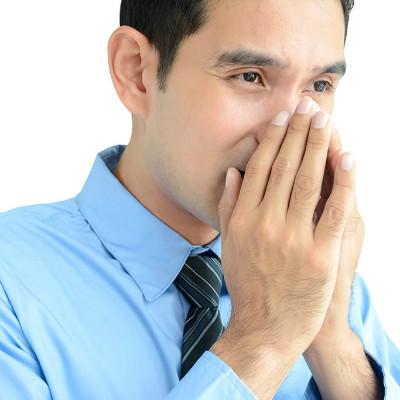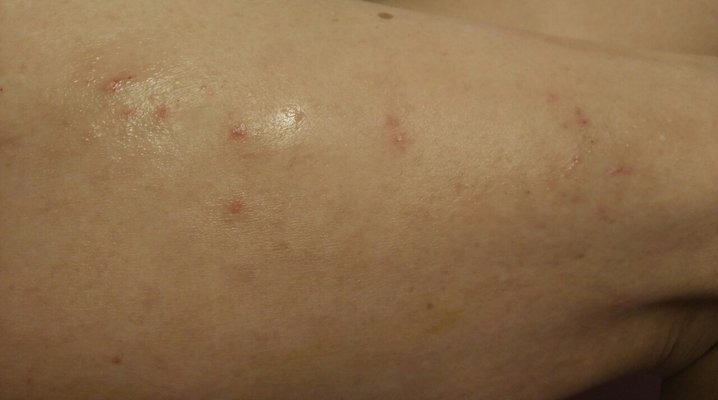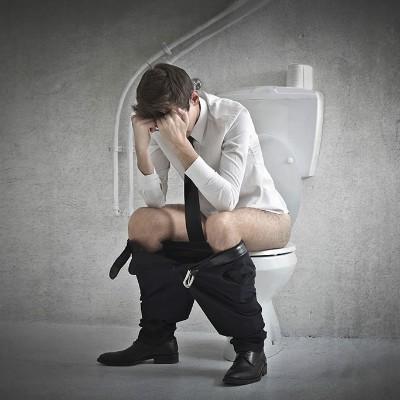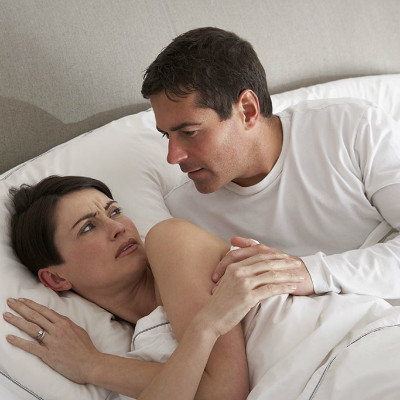Symptoms of lymphadenitis?
summary
Experts say that when the human body's immunity declines, bacteria will invade along the lymphatic vessels, leading to the occurrence of lymphadenitis. The main parts of lymphadenitis are the neck and the groin behind the ear. Nodules of the size of glass balls will appear, accompanied by redness, swelling and pain. It is hard to press. Here's a detailed introduction to the symptoms of lymphadenitis.
Symptoms of lymphadenitis?
Acute lymphadenitis is often secondary to other suppurative infectious diseases. The lymph nodes are swollen rapidly and tender. If the patient's resistance is strong, there can be no systemic symptoms, without treatment can also be self-healing. In severe cases, local redness, swelling, heat and pain are accompanied by chills, fever, headache and other symptoms. Through timely antibacterial and anti-inflammatory treatment, redness and swelling can subside, but sometimes inflammation causes tissue proliferation, leaving a small induration. If inflammation can not be controlled in time, spread to lymph nodes and adhesion, serious cases can form abscess. If not treated in time, it can cause sepsis.
Lymphadenitis is caused by bacteria invading lymph nodes along lymphatic vessels. But not everyone will encounter bacterial infection lymphadenitis, only in the human body resistance decline, it is easy to occur this disease. When the long-term malnutrition, anemia and other chronic diseases make the resistance decreased significantly, lymphadenitis is easy to occur after bacterial infection. Staphylococcus aureus and Streptococcus haemolyticus are the main bacteria causing the disease. In people's lives, often someone suffering from a cold or other infections, neck, ear, armpit or groin can appear as a glass ball size nodules, local swelling tenderness, according to the hard, this is suffering from lymphadenitis.
Tuberculous lymphadenitis is characterized by fever, hyperhidrosis, fatigue and rapid ESR, which is more common in young adults. It is often accompanied by pulmonary tuberculosis. The texture of lymph nodes is uneven. Some parts are light (caseous change), some parts are hard (fibrosis or calcification), and they adhere to each other and the skin, so the mobility is poor. Tuberculin test and blood tuberculosis antibody were positive in these patients.
matters needing attention
Exercise, enhance immunity; For patients with primary infectious lesions, such as skin and mucous membrane wound, tonsillitis, caries, tinea pedis infection, the primary lesions should be treated in time.














